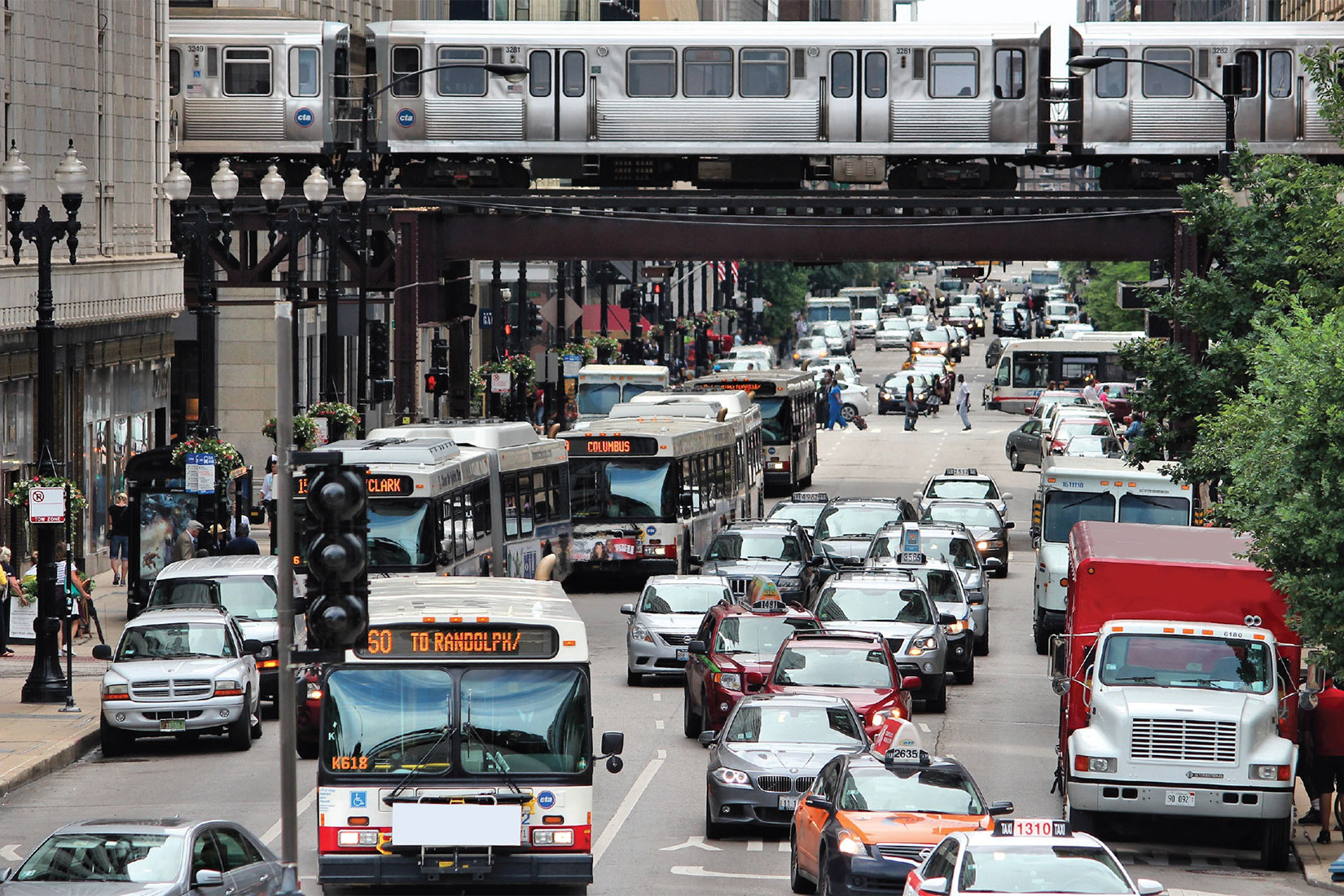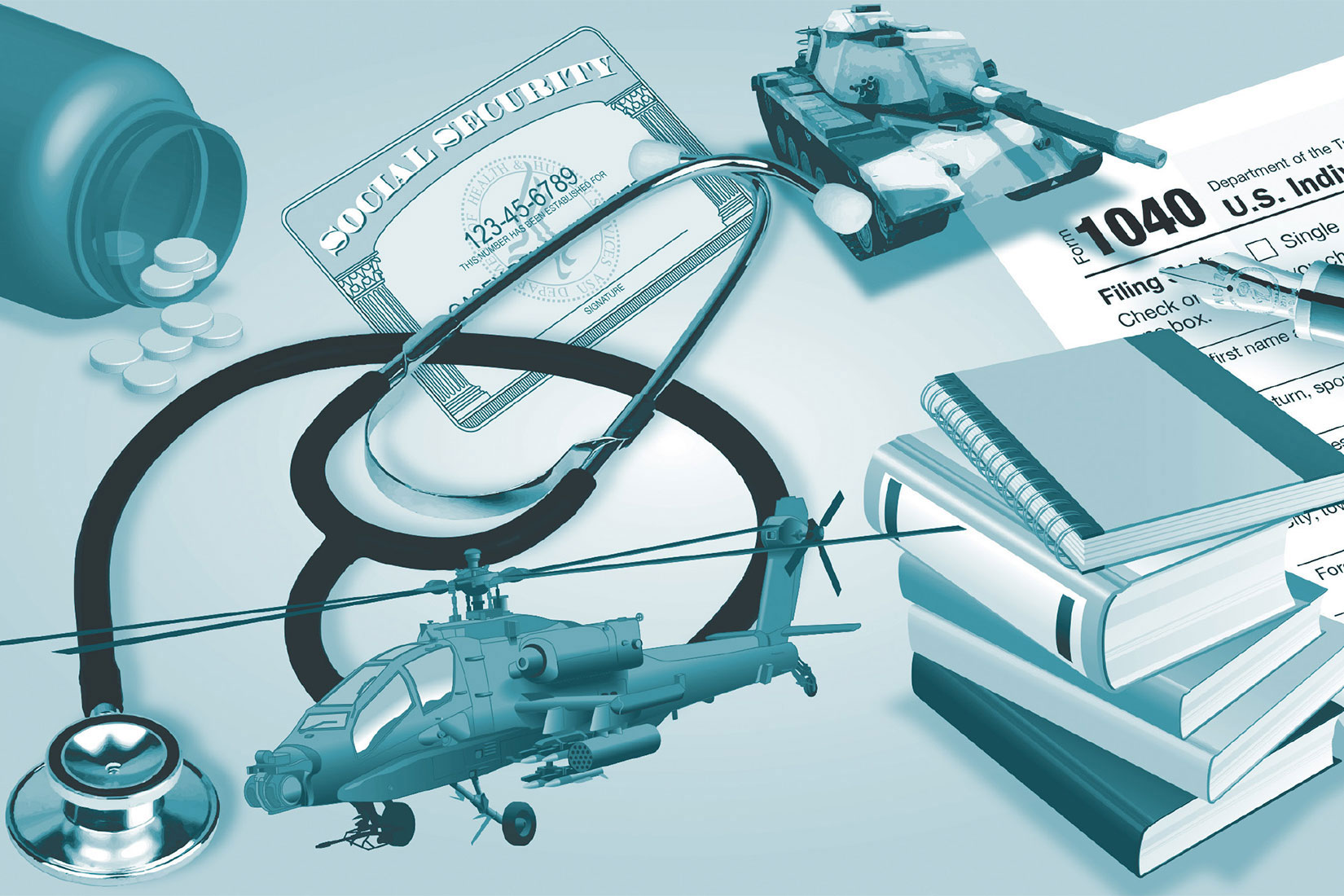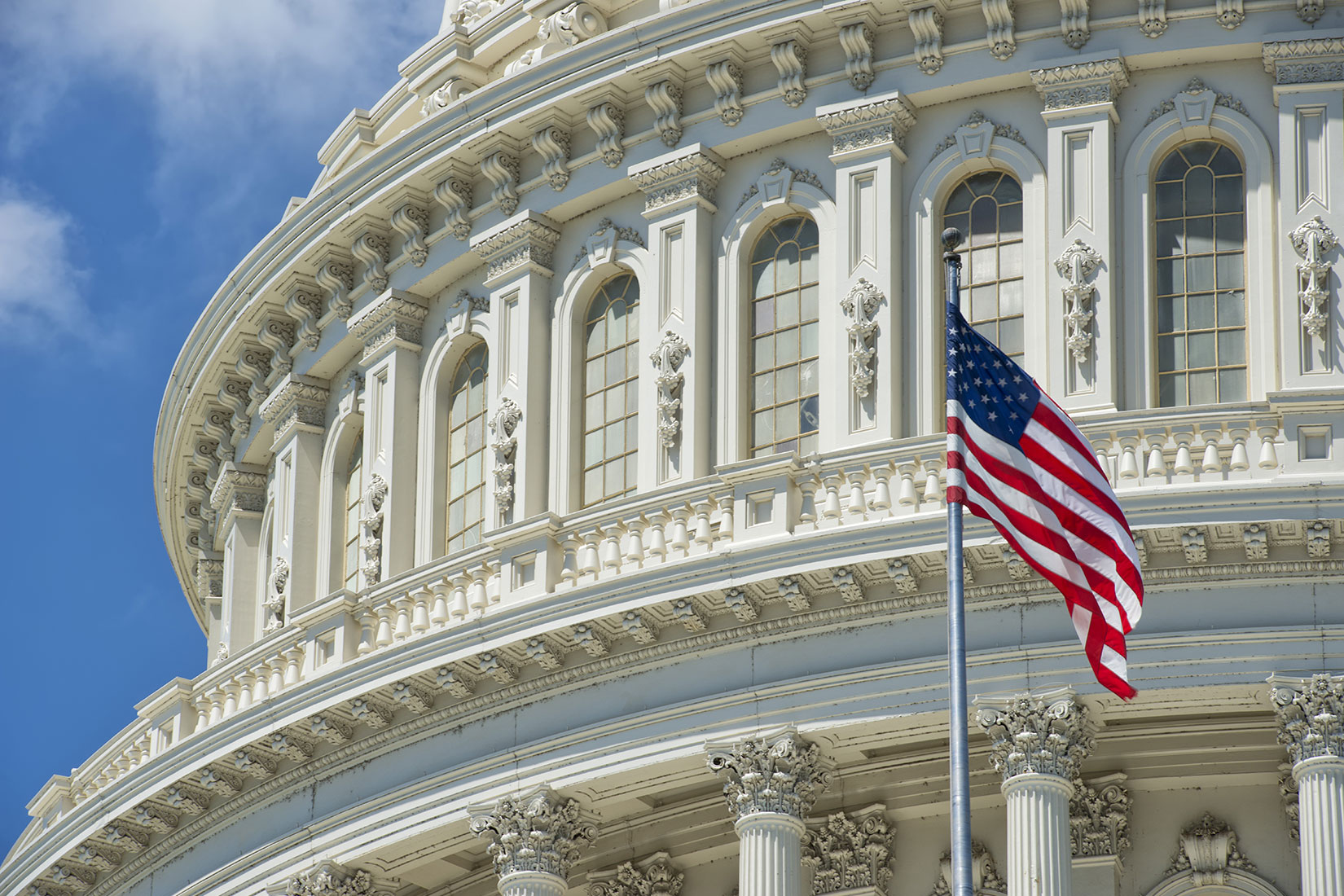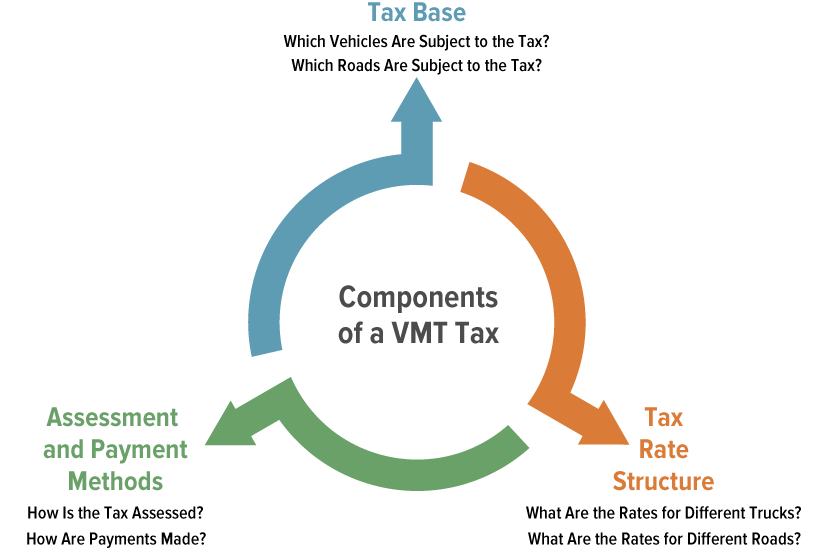CBO provides an overview of emissions of carbon dioxide (CO2, the most common greenhouse gas) in the transportation sector, describing the sources of and trends in such emissions and projecting their future path.
Infrastructure and Transportation
- Report
CBO issues a volume that contains short descriptions of 59 policy options that would each reduce the federal budget deficit by less than $300 billion over the next 10 years.
- Report
In this report, CBO describes public transportation in the United States and explains how the federal government supports mass transit. The report also explains how financing subsidies provide additional federal support.
- Report
CBO examined two illustrative scenarios that would boost federal funding for a mix of types of physical infrastructure by $500 billion over 10 years. The two scenarios differ in how the additional spending would be financed.
- Report
This report examines approaches to budgeting that would distinguish expenditures for investment in physical capital, education, and research and development from other expenditures.
- Report
CBO discusses choices about revenues and spending that lawmakers face in addressing the shortfall in the Highway Trust Fund as well as options for subsidizing state and local governments’ financing of highway projects.
- Report
CBO assesses whether public-private partnerships have resulted in projects being built more quickly or at a lower cost for taxpayers. CBO also examines whether partnerships that include private financing sped up project financing.
- Report
CBO examines choices lawmakers would face in establishing a federal tax on the miles traveled by commercial trucks—including choices about the tax base, rate structure, and implementation methods—and illustrates how such a tax might affect the federal budget.
- Report
In 2018, the federal government spent $492 billion on investment—for physical capital, education and training, and research and development—which represented 12 percent of federal spending and 2 percent of GDP.
- Report
Sixty percent of state and local investment in transportation and water infrastructure is financed using tools that impose costs on the federal government: tax-exempt bonds, tax credit bonds, state banks, and direct federal credit programs.
- Report
In 2017, spending by federal, state, and local governments for transportation and water infrastructure totaled $441 billion. This slide deck updates information that CBO released in 2015.












